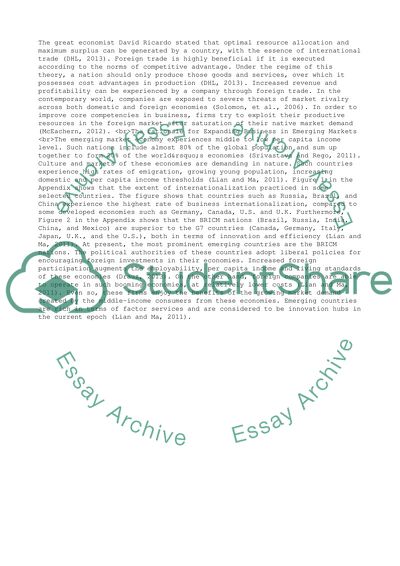Cite this document
(“International business in emerging economies Assignment”, n.d.)
International business in emerging economies Assignment. Retrieved from https://studentshare.org/business/1658303-international-business-in-emerging-economies
International business in emerging economies Assignment. Retrieved from https://studentshare.org/business/1658303-international-business-in-emerging-economies
(International Business in Emerging Economies Assignment)
International Business in Emerging Economies Assignment. https://studentshare.org/business/1658303-international-business-in-emerging-economies.
International Business in Emerging Economies Assignment. https://studentshare.org/business/1658303-international-business-in-emerging-economies.
“International Business in Emerging Economies Assignment”, n.d. https://studentshare.org/business/1658303-international-business-in-emerging-economies.


